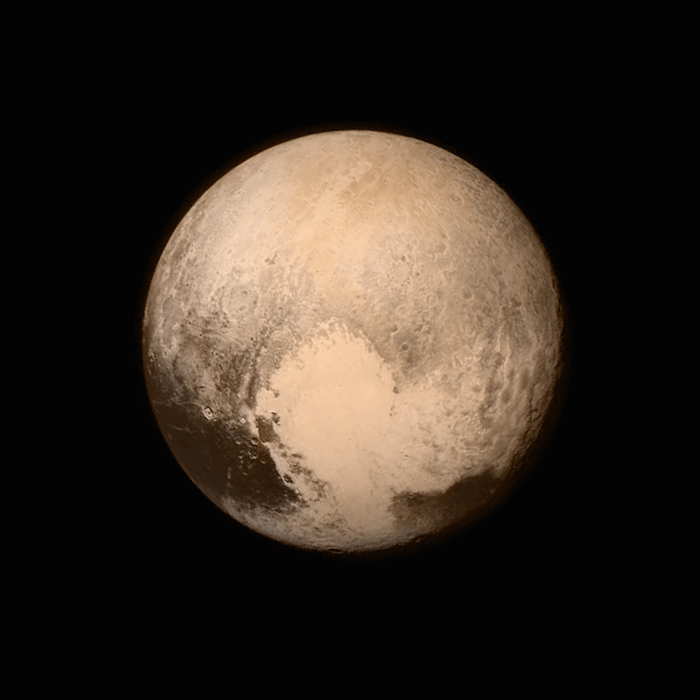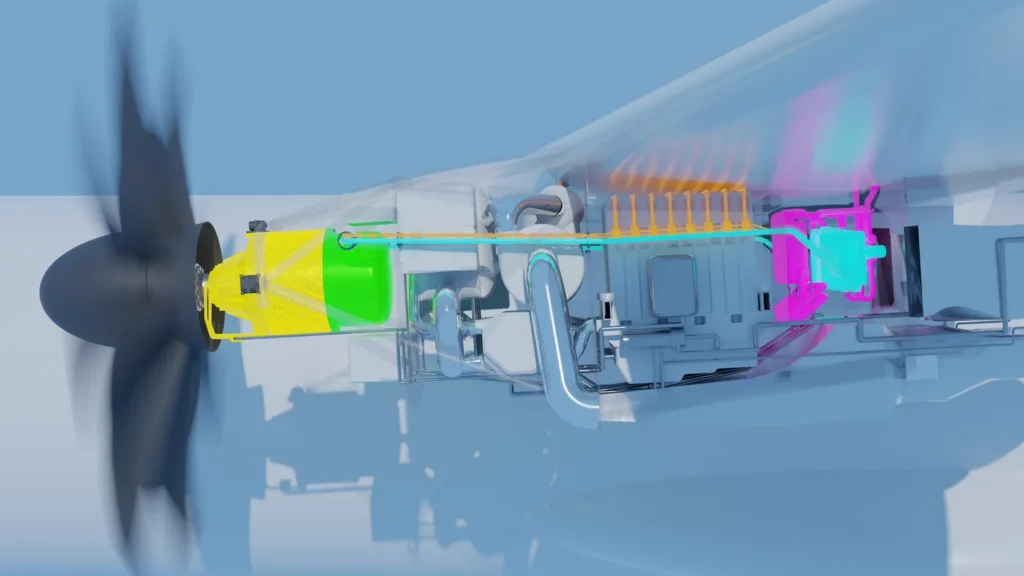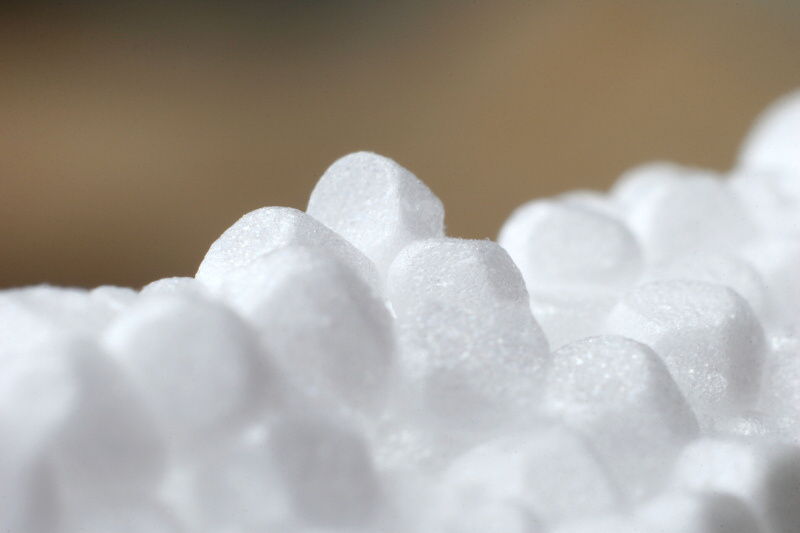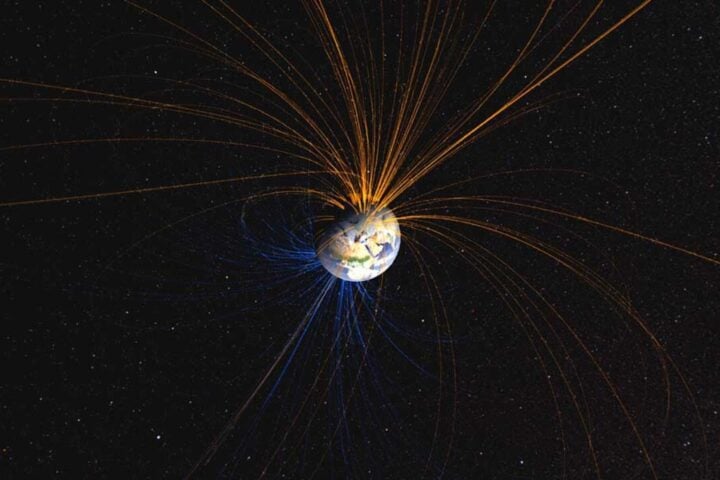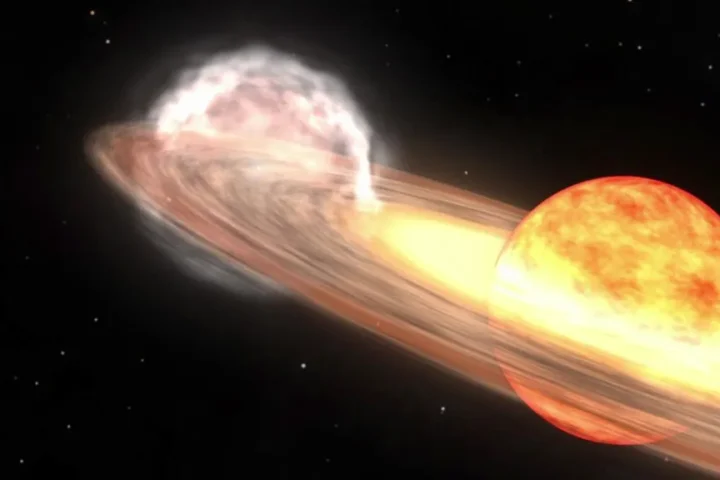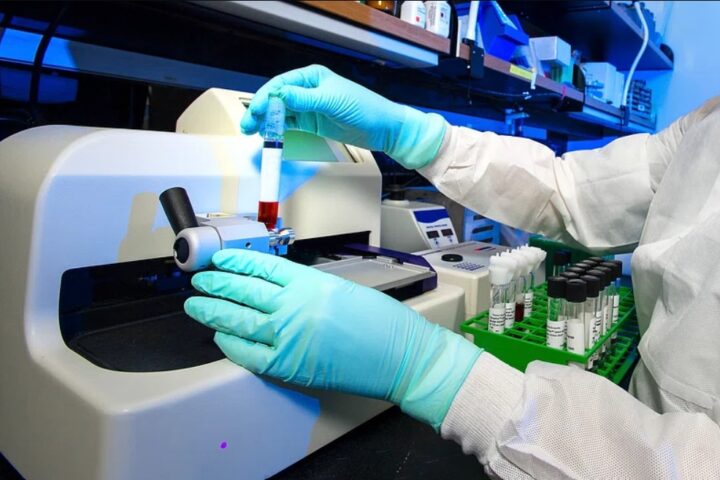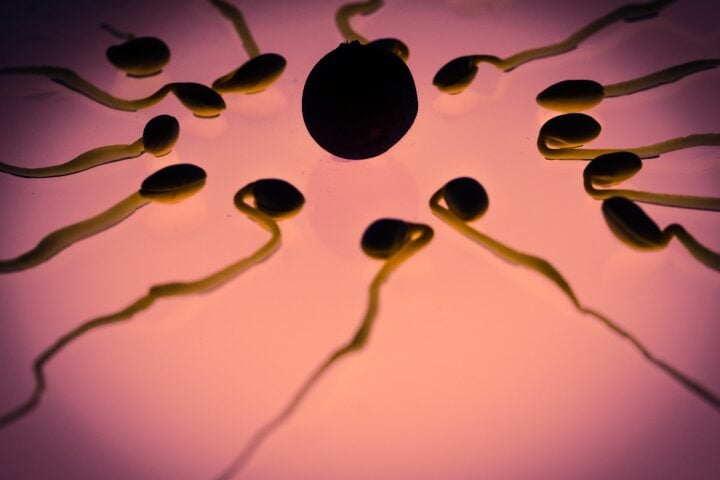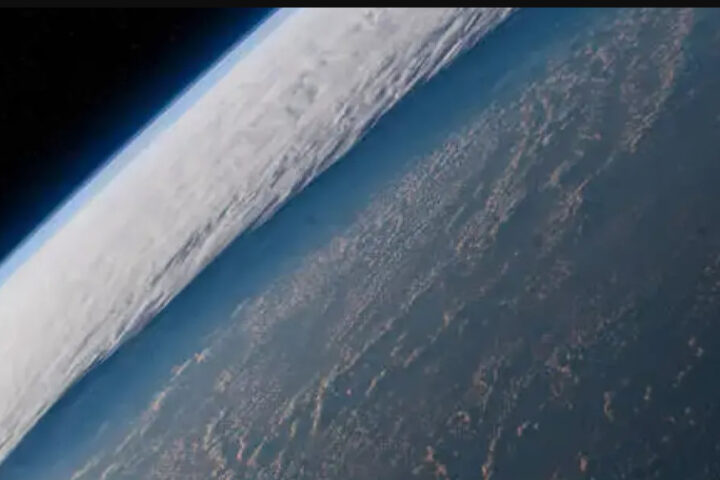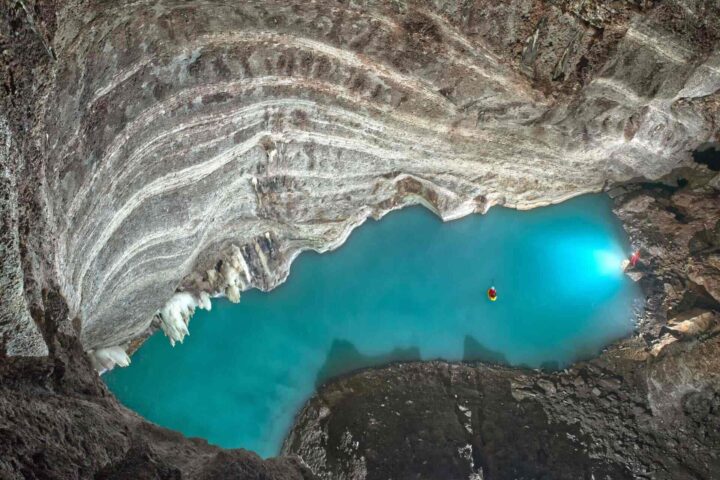Mathematical models to explain the cracks and protrusions observed by NASA’s New Horizons mission in Pluto’s Sputnik Planitia support the existence of a deep ocean. This basin was the site of a meteorite collision billions of years ago.
Calculations by Patrick McGovern of the Lunar and Planetary Institute (LPI) and Alex Nguyen, a doctoral student at Washington University in St. Louis, indicate that the ocean in this area exists beneath a water ice layer 40 to 80 kilometers thick, a protective mantle that likely prevents the interior ocean from freezing. They also calculated the probable density or salinity of the ocean based on the fractures in the overlying ice. They estimate that Pluto’s ocean is, at most, about 8% denser than Earth’s seawater. Their findings are published in the journal Icarus.
As Nguyen explained, this level of density would account for the abundance of fractures observed on the surface. If the ocean were significantly less dense, the ice layer would collapse, creating many more fractures than are actually observed. If the ocean were much denser, there would be fewer fractures. “We estimated a sort of Goldilocks zone where the density and shell thickness is just right,” he said in a statement.
For many decades, planetary scientists assumed that Pluto could not sustain an ocean. The surface temperature is about -220°C, a temperature so cold that even gases like nitrogen and methane freeze. Water should have no chance. “Pluto is a small body,” Nguyen said. “It should have lost almost all of its heat shortly after it was formed, so basic calculations would suggest that it’s frozen solid to its core.”
Similar Posts
But following NASA’s New Horizons mission flyby of Pluto, prominent scientists have gathered evidence suggesting that Pluto likely contains a liquid water ocean beneath the ice. This inference came from several lines of evidence, including Pluto’s cryovolcanoes that emit ice and water vapor. Although there is still some debate, “it’s now generally accepted that Pluto has an ocean,” Nguyen stated.
Pluto has long been a mystery to scientists. Since its discovery in 1930, this small icy world has captured the imagination and challenged our understanding of the cosmos. Its distance from Earth means that sunlight takes about four and a half years to reach us, making it difficult to study. This celestial body has a number of features that distinguish it from other planets in our solar system, such as a highly elliptical orbit, meaning its distance from the Sun varies greatly over the course of its year.
The discovery of an ocean on Pluto is not only a milestone in the exploration of this dwarf planet but also expands our understanding of the diversity of worlds in our Solar System. This discovery reminds us that even in the coldest and most remote places, the possibility of finding liquid water and, potentially, life remains real.
